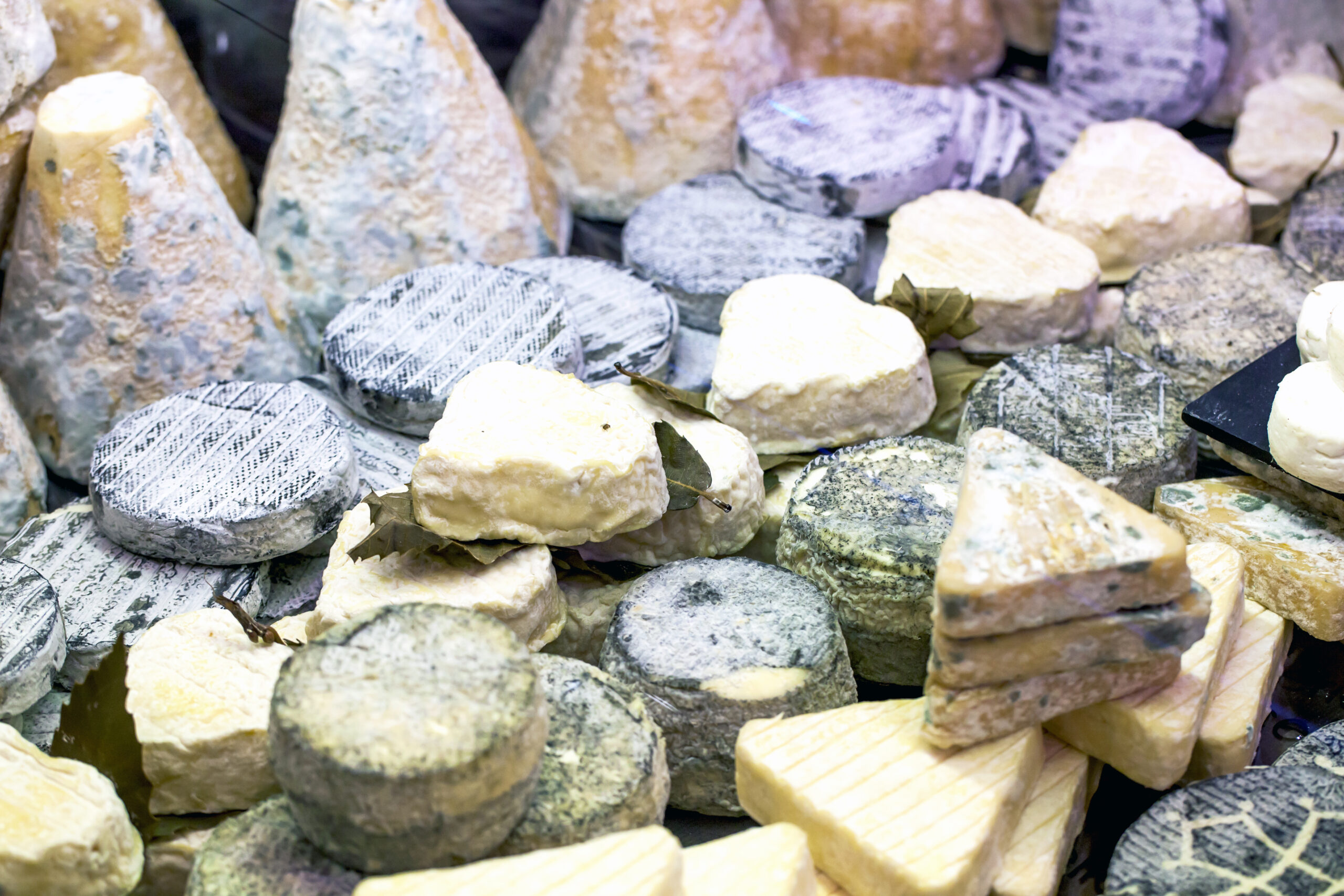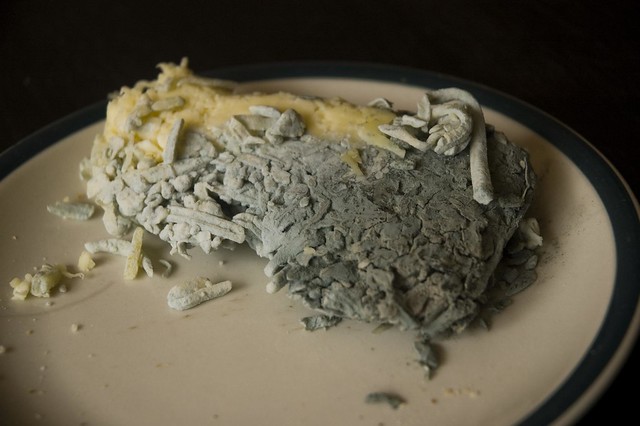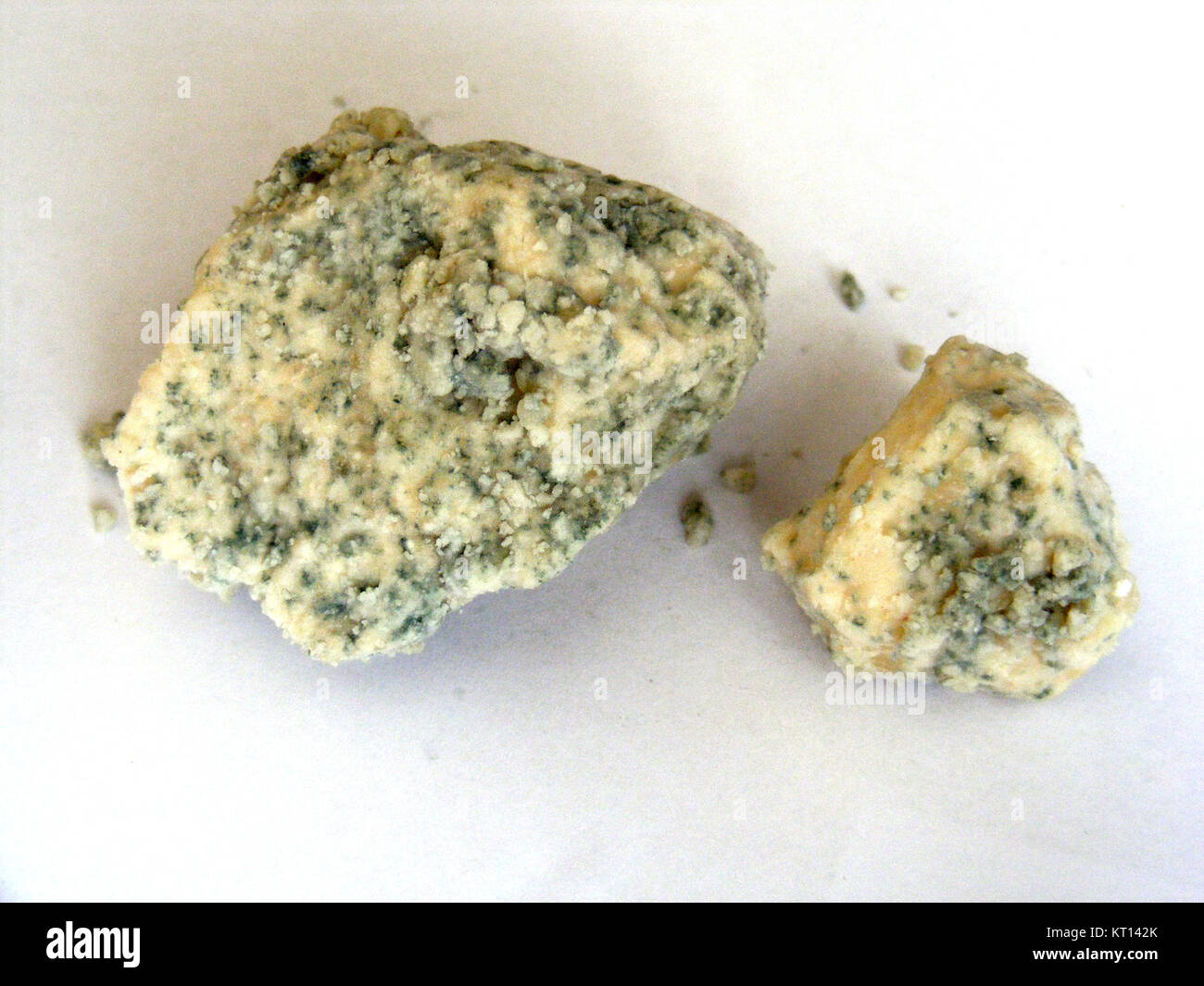45 types of moldy cheese
Moldy cheese: Is it OK to eat? - MSN Mold generally can't penetrate far into hard and semisoft cheeses, such as cheddar, colby, Parmesan and Swiss. So you can cut away the moldy part and eat the rest of the cheese. Cut off at least 1... Can You Eat Moldy Cheese? What Happens If You Do? These include blue cheese, Gorgonzola, Camembert and Brie. However, they should be avoided by babies, young children, older adults, pregnant women and anyone with a compromised immune system. Other types of cheese should not be eaten when mold is present, such as cheddar, Colby, Parmesan and Swiss.
Moldy cheese: Is it OK to eat? - Mayo Clinic Mold generally can't penetrate far into hard and semisoft cheeses, such as cheddar, colby, Parmesan and Swiss. So you can cut away the moldy part and eat the rest of the cheese. Cut off at least 1 inch (2.5 centimeters) around and below the moldy spot. Be sure to keep the knife out of the mold, so it doesn't contaminate other parts of the cheese.

Types of moldy cheese
15 Most Common Types of Soft Cheese - Home Stratosphere There are 2 main types of blue cheese: Roquefort and gorgonzola. Roquefort example This is another popular French cheese that has originated from the south of France and is also a kind of blue cheese. It is made from pure Sheep's milk and is said to be the only kind of cheese to have come from the region surrounding Roquefort-sur-Soulzon. What types of cheeses are mold ripened? - JacAnswers What types of cheeses are mold ripened? Ripened cheeses are made by coagulating milk proteins with enzymes (rennet) and culture acids. These cheeses are then Can You Eat Moldy Cheese? - Healthline The most common types of mold used to grow cheese are Penicillium (P.) roqueforti, P. glaucum, and P. candidum. These molds help develop unique flavors and textures by eating the proteins and...
Types of moldy cheese. Blue Mold Cheese - Castello Cheese From mild to bold, blue cheeses include Gorgonzola, Stilton, Roquefort & Danish Blue. Home Cheese Types Blue Mold Cheese Blue mold cheese The history of blue cheese goes back to the 7th century to a cave outside the village of Roquefort in France. Legend has it that a distracted shepherd forgot his lunch of bread and cheese in the cave. 12 Types of Goat Cheese You Should Try - Farmhouse Guide 12 Types of Goat Cheese. 1. Ricotta Cheese. Ricotta is one of the greatest Italian cheeses, reputed for its rich taste and flexibility in the kitchen, not to mention that it is heavily packed with nutrients. Although it has different varieties, ricotta is generally known for its mild and creamy taste, and whichever variety you go for, ricotta ... Is It Safe to Eat Moldy Cheese? | EatingWell Soft cheeses like Brie or Port-Salut should have about a quarter-inch cut away from any surface where mold is visible. Harder, aged cheeses, like aged Cheddar or Parmesan can just have the mold scraped away. With white, fuzzy mold, tinged with green, the flavor effect is minimal and the mold can be safely cut away without incident. 5 Cheeses to Celebrate National Moldy Cheese Day 5 of Our Favorite Moldy Wisconsin Cheeses Roth's Buttermilk Blue®: This tangy yet mellow blue cheese is Roth's flagship blue, and with your first bite, you'll understand why. Buttermilk Blue® is made with fresh milk from farms just minutes away from where Roth Cheese crafts and ages this blue cheese.
Why Are Only Some Types of Moldy Cheese Safe to Eat? There are certain molds that are used to make cheeses, like Roquefort, bleu cheese, Brie, Camembert and Gorgonzola. These particular cheeses are perfectly safe to eat, since the mold was an intentional part of the manufacturing process. 11 Best Types of Blue Cheese From Mild to Sharp - KitchenTeller Chiriboga Blue (Germany) 2. Fourme d'Ambert (France) 3. Maytag Blue Cheese (United States) 4. Gorgonzola (Italy) 5. Stilton (England) 6. Shropshire Blue (Scotland) 7. Roquefort (France) 8. Bleu d'Auvergne (France) 9. Danish Blue / Danablu (Denmark) 10. Cambozola (Germany) 11. Cabrales (Spain) Summary Chart of Different Types of Blue Cheese Is Moldy Cheese Okay to Eat? | Bon Appétit Okay, let's recap. Mold is an integral part of the cheesemaking process. Almost none of it will kill you, but it could negatively impact the flavor and texture of the cheese it's growing on or ... What Kind Of Mold Grows On Cheddar Cheese? - PaperJaper Mold on cheddar cheese is bad news. Mold looks like different types of dusts on some cheese. The only type of mold found on cheese is white mold. It looks like a fine white dust covering the surface. There are some types of white mold, but the only type found on cheese is Penicillium. It is usually found on moist or semi-soft cheeses.
17 Top Stinky Cheeses - Treehugger Beyond the fungal funk of its rind resides a mild, sweet and nutty cheese. 9. Pont l'Evêque About this cow's milk cheese produced in Normandy, one cheese seller says, "The aroma of this cheese is... White Mold Cheese - Castello Cheese White Mold Cheese White mold cheese White mold cheeses, usually made with cow's milk, have a creamy texture and a mild, buttery taste. Production involves adding a white mold culture to the curd, causing a white bloom to grow on the surface. The cheese then ripens in four to nine weeks. The longer it is stored, the softer it becomes. The Most Popular Cheeses With Mold - Streetdirectory.com Gorgonzola cheese originates from Italy's Milan region. It is made from pasteurized cow's milk and added with the bacteria Lactobacillus bulgaricus and Streptococcus thermophilus and Penicillium glaucum mold spores. During production, whey, a milk protein, is removed. Cheese Mold Comparison - TheCheeseMaker.com Some of the most common mold types include: Penicillium (P.) roqueforti, P. glaucum, and P. candidum. Cheese is unique in its makeup in that it requires certain types of mold to produce certain cheeses. The differences in cheeses' appearance, taste, and texture depend on the type of milk, bacteria present, length of aging, and processing methods.
What Happens If You Eat Moldy Cheese? - Moldy Cheese Risks Mold is a type of microscopic fungus that thrives in moist areas, according to the United States Department of Agriculture (USDA). It's unclear exactly how many different types of mold there are ...
Types of Cheese: Extensive List of Different Cheeses (With Pictures) Blue mold cheese such as Roquefort, Gorgonzola, Stilton, and Danish Blue (Danablu) cheese Soft cheese. This cheese category includes a wide range of cheeses such as Brie, Camembert, Mozzarella, Burrata, and Feta cheese Fresh cheese such as Cottage cheese, Cream cheese and Queso fresco Goat's cheese Cheese is a Delicious Type of Food
Knowing the Types of Moldy Cheese - mycheesetips.com Other reasons can include the environmental conditions in the area in which the cheese was produced or the way it was stored at the time of the production, for example, warm temperature and damp conditions. Brie. The most common of all types of moldy cheese, and also the most likely to be consumed, is the blue cheeses such as brie.
Moldy Cheese Types - Mold Blogger And with that, here is a list of the five most common types of blue cheese names to avoid on the menu: 1. Danish Blue 2. Gorgonzola 3. Cabrales 4. Stilton 5. Roquefort
Why and How Does Cheese Mold? Bloomy rinds like Brie, Camembert, Trillium, and Little Lucy Brie are examples of external mold-ripened cheeses. The maker inoculates the milk with Penicillium candidum—the signature white mold we know from our favorite bloomies. This mold (along with yeasts like Geotrichum candidum) forms that white bloomy rind early in the aging process.
Cheese and Mold: The Basics | Wisconsin Cheese Other types of moldy cheese Washed-rind (or smear-ripened) cheeses: They say it takes a village to raise a child; we say it takes an old cheese to raise a young cheese. Or at least that's the case for some washed-rind or smear-ripened cheeses, which use the bacteria on a mature cheese to cultivate a new colony on a younger cheese.
Moldy Cheese: Is it Safe to Eat?- HealthifyMe Moldy cheese can contain many different types of toxins. Acute exposure to some toxins can lead to food poisoning. The symptoms usually start with nausea and drowsiness and may gradually develop into lasting diarrhoea. Suppose you suspect you have consumed mouldy cheese and suffer from nausea, vomiting, or diarrhoea, it is essential to get ...
White Mold Cheese: Safe and Unsafe Types of Cheese Mold White Mold Cheese: Safe and Unsafe Types of Cheese Mold. Written by the MasterClass staff. Last updated: Mar 11, 2022 • 2 min read. It's a common and generally wise practice to discard any moldy foods in your refrigerator or pantry, but some kinds of cheese benefit from certain types of mold.
31 Types Of Cheese That Will Keep Every Cheese Lover Satisfied In contrast, many other types of blue cheese have spots of the mold instead. Gouda. Gouda is another semi-hard cow's milk cheese. It comes from the Netherlands and continues to be an extremely popular type of cheese. Gouda typically has a caramel-like flavor profile, along with sweet and savory notes. The cheese is often aged, with the flavors ...



0 Response to "45 types of moldy cheese"
Post a Comment